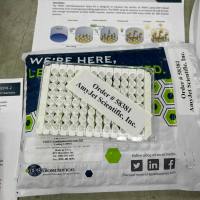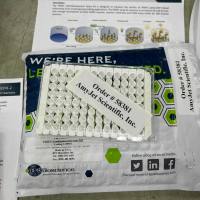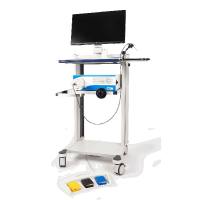Quantitative In Vivo Microdialysis in Pharmacokinetic Studies
互联网
613
Recent theoretical studies have yielded a more profound knowledge of the properties of recovery (the key parameter in quantitative
microdialysis) and have put in evidence important limitations of the usual in vivo calibration methods used in quantitative
microdialysis for pharmacokinetic studies. Recovery values obtained by using the more classical methods of calibration (the
variation of flow rate perfusion method, the delivery and retrodialysis methods, and the no net flux method) can only be used
to accurately convert dialysate drug concentrations into extracellular concentrations, when the drug of interest is in the
body under steady-state conditions. Therefore, these in vivo calibration procedures must not be used when the drug studied
has to be administered using modalities of administration which do not provide steady-state concentrations (for example, intragastric,
subcutaneous, intraperitoneal, or intravenous bolus injections). The dynamic no net flux (DNNF) method, however, can be considered
the only in vivo calibration method useful in PK experiments developed under transient conditions, although this calibration
procedure has several serious disadvantages. The new modified version of the ultraslow microdialysis (the MetaQuant technique)
overcomes many of the limitations of both the classical calibration and the DNNF methods and, therefore, it could be considered
a promising tool in pharmacokinetics.






